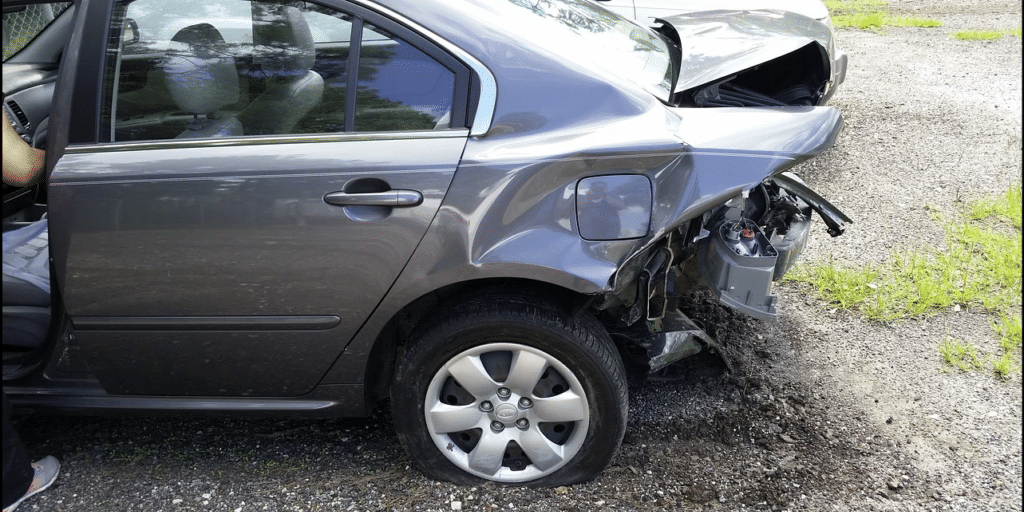Personal Injury Law Blog
Negligent car maintenance is more common than you think

In Illinois, drivers have a legal duty to maintain their vehicles to a safe standard. However, a recent survey of 1,200 American drivers found that 92% of car owners put off essential car maintenance despite knowing that this increased their risk of having an accident.
This means that if you were involved in an accident, it’s worth looking into whether it could have been prevented by proper vehicle maintenance by either party.
We will now go through what the most commonly ignored car maintenance issues are, as per the aforementioned survey, and explain how this can contribute to an accident. We will also go through how to identify each issue on a vehicle.
1. Misaligned wheels
One third of survey respondents admitted that they have knowingly driven on misaligned wheels, with 12.5% of respondents saying that they had put off getting their axle realigned for more than 3 months.
Driving with misaligned wheels can reduce a driver’s ability to steer their car. In extreme circumstances, it can even cause a car to veer to one side, even when the steering wheel is straight and perfectly centered.
Misaligned wheels can therefore be a contributing factor in accidents that occur around bends or on narrower, residential roads, where one vehicle “clips” another.
Since collisions can cause axle misalignment, it may not be possible to tell from an axle alone whether there was misalignment before an accident happened. However, one potential piece of evidence for this can be found by looking at a car’s tires. Misaligned wheels can cause uneven wear on tires, with tires wearing more heavily on the side where the axle is skewed towards.
If, upon investigation, it is found that tires are more worn on the side of the vehicle where the collision occurred, then this may well suggest that misaligned wheels was a contributing factor in the accident.
2. Balding tires
Balding tires refer to tires that have less than 2/32 inches of tread depth left. Tires in this condition cannot adequately grip to the road and therefore significantly increase stopping distances.
29% of car owners admit to knowingly driving on balding tires for more than 30 days. They are most likely to contribute to rear end collisions due to a driver’s inability to break suddenly. This reduced grip and traction can be further exacerbated by wet conditions.
Balding tires can be one of the easiest examples of negligent car maintenance to spot when investigating an accident since they cannot be caused by an accident itself. If a misjudgment of stopping distances was a contributing factor in an accident then you should always instruct the police or relevant insurance company to check the tread depth of the tires of the vehicles involved.
3. Driving with sluggish brakes
Shockingly, 25.4% of surveyed Americans admitted to driving on brakes that they knew were not working at their optimal performance for more than a month before getting them fixed.
Faulty brakes are implicated in 10,000 car crashes in the USA each year, according to a study by the NHTSA.
The most common issues affecting braking performance are:
• Weakened and work brake pads
• Worn brake lines
• Worn brake discs
As a regular driver of a vehicle, brake wear should be easy to detect, especially when it gets to the point that it can be a contributing factor in a collision.
When investigating the cause of an accident, you can judge whether there has been negligent maintenance of brakes by measuring the thickness of brake disks and pads. Once they wear down beyond a certain point they cannot be considered safe to drive on. Brake lines can also be checked for leaks or fraying.
4. Driving with a burned out headlight
16.5% of survey respondents admitted to knowingly driving with a burned out headlight for more than 30 days. This is despite the fact that a faulty headlight is both easy to spot by the police, and that poor visibility is implicated in 38,700 vehicle crashes each year according to the US Department of Transportation.
Again, an issue with investigating whether a burnt out headlight was the cause of an accident is that headlights are frequently broken in collisions. Eyewitness testimonies or surveillance footage may be needed to assess whether a driver was driving with a burnt out headlight. However if you can prove that a driver was involved in a collision while driving at night with broken lights there will almost certainly be some fault on their side.
Were you severely injured in a car accident and have questions? Contact our dedicated Chicago car accident lawyers to figure out whether you can pursue compensation from the at-fault party through a personal injury lawsuit.



